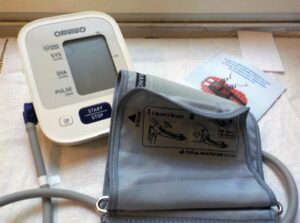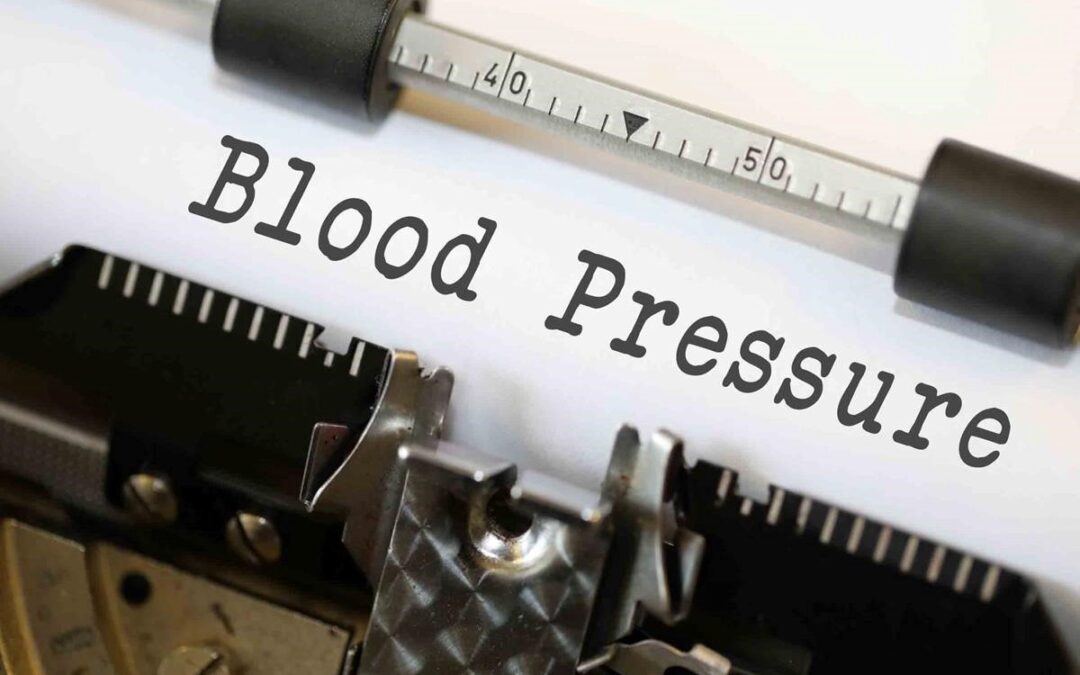In today’s fast-paced world, stress is an unwelcome companion in our daily lives, often leading to elevated blood pressure. Fortunately, meditation and relaxation techniques offer a simple yet powerful solution to this modern affliction. By exploring how these practices work and their effectiveness, this blog will guide you in regaining control over your blood pressure and finding tranquility amidst life’s chaos.
Demystifying Hypertension: What You Need to Know
High blood pressure, medically known as hypertension, is a medical condition where the force of blood against the artery walls is consistently too high. A medical practitioner often easily diagnoses this condition by taking and interpreting blood pressure measurements depending on individual factors. This has become a common condition that is caused by several factors in different individuals. If not managed, it can have serious health implications like heart diseases, stroke, kidney damage among others. Lifestyle changes like a healthy diet, regular physical exercise and stress management can help bring blood pressure under control. One’s physician may prescribe medication when necessary and as they deem fit.
 Stress and Its Impact on Blood Pressure
Stress and Its Impact on Blood Pressure
Researchers are beginning to gain a better understanding of how mental changes can significantly impact the cardiovascular system. The body’s response to stress and anxiety, commonly referred to as the ‘fight or flight’ response, may cause an increase in heart rate and blood pressure. This is due to the release of the stress hormones such as cortisol and adrenaline. Constant stress can contribute to long-term high blood pressure and an increased risk of cardiovascular diseases.
On the other hand, positive emotions, such as happiness and optimism, are associated with better cardiovascular health. These positive emotions lead to the release of endorphins and other beneficial chemicals in the body that have a positive effect on the heart.
Studies have revealed that meditation simply lowers blood pressure.
 Dr. Herbert Benson’s Meditation Method: A Path to Relaxation and Well-Being
Dr. Herbert Benson’s Meditation Method: A Path to Relaxation and Well-Being
Meditation and relaxation techniques can be beneficial for lowering blood pressure. These practices can have a positive impact on the cardiovascular system by reducing stress. Several exercises that calm the mind, actually lower blood pressure. All of which are types of meditation exercises that use different techniques to get to a state of ‘thoughtful awareness’.
The technique below, as developed by Dr. Herbert Benson, former director of the Benson-Henry Institute for Mind Body Medicine, when practiced evokes the relaxation response. It was also found helpful with other disorders that are made worse by stress. It is the opposite of the fight-or-flight induced response and is a combination of transcendental and mindfulness meditation.
This technique typically involves the following steps:
- Choose a Quiet Place: Find a quiet, comfortable place where you won’t be disturbed.
- Sit Comfortably: Sit in a comfortable position with your eyes closed.
- Choose a Focal Point: Select a simple word, phrase, or prayer to focus your attention on. This is your “mantra.” It can be something as basic as “peace,” “calm,” or “one.”
- Breathe Mindfully: Take slow, deep breaths, and as you exhale, silently repeat your chosen mantra. This focuses your mind and eliminates distracting thoughts.
- Maintain a Passive Attitude: If your mind begins to wander, gently return your focus to your mantra without forcing it. Be patient with yourself.
- Continue for 10-20 Minutes: Spend 10-20 minutes in this state of focused relaxation.
- Gradually Transition: After the allotted time, sit quietly for a minute or two with your eyes closed before resuming your daily activities.
In a study carried out by Dr. Benson on a group of elderly people with hard to treat systolic hypertension, it was discovered that the participants were more likely to control their blood pressure to a point that some could reduce and eliminate their blood pressure medications.
Benefits
The benefits of this technique seem to be brought about by nitric oxide which is made in the body to help relax and widen blood vessels. Thereby keeping blood pressure under control. When blood pressure fell, as revealed by more research, during the relaxation response, inflammation and constriction of the blood vessels became less while the blood vessels widened.

Researchers conducted another study, and participants who practiced the relaxation response for eight weeks demonstrated higher levels of nitric oxide compared to their counterparts in a control group that didn’t practice the technique. Members of the control group did not achieve heightened levels of nitric oxide.
The procedure below is as recommended by Dr. Benson:
- Find a calm and quiet place
- Sit with your eyes closed
- Relax every muscle in your body
- Think of a single thing: a word, phrase, a sound, a prayer
- Focus on that one thing
- Repeat as is necessary to help you focus
- When bombarded by stray thoughts, let them come and go, then go back to your word, phrase, sound or prayer.
We recommend practicing the relaxation response twice a day for 10 to 20 minutes.
It’s important to note that while meditation and relaxation can help manage blood pressure, you should not use them as the sole treatment for hypertension. Consult with a medical practitioner before making any transition from medication.
If you have concerns about high blood pressure, it’s advisable to consult with a healthcare professional for proper diagnosis and guidance on managing it.
Book A Free Consultation and Home Assessment
For Home health and home care services, get in touch with us today!
Like and follow us on Facebook, Instagram & Twitter.
Subscribe to our YouTube Channel



